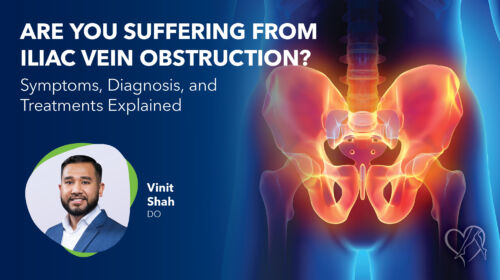
Are You Suffering From Iliac Vein Obstruction? Here’s What You Need to Know
This blog explores iliac vein obstruction (May-Thurner syndrome), a condition in which the pelvic veins are compressed, reducing blood flow from the legs. It outlines symptoms like swelling, heaviness, varicose veins, and pelvic pain, stressing the importance of early diagnosis to prevent complications such as blood clots. The article reviews modern diagnostics, minimally invasive treatments like venous stenting, and underscores the value of seeing board-certified vein specialists at Center for Vein Restoration, which offers same-day DVT rule-out services and accessible, expert vein care.

Does DVT Pain Come and Go?
This blog explains how pain from deep vein thrombosis (DVT) may vary in intensity, sometimes seeming to come and go, and why that can make the condition tricky to recognize. It highlights common symptoms, the importance of not ignoring intermittent leg pain, and when to seek medical attention.

A Pitcher’s Shoulder Blood Clot Puts Leg Vein Health in the Spotlight
Philadelphia Phillies pitcher Zack Wheeler’s recent blood clot highlights just how serious vein problems can be. While his clot was in the arm, most blood clots occur in the legs as deep vein thrombosis (DVT), a dangerous condition linked to varicose veins, spider veins, and chronic venous insufficiency. This blog explains what causes blood clots, how to recognize the warning signs of DVT, and why early evaluation by a board-certified vein doctor at Center for Vein Restoration is essential.

6 Ways to Reduce Your Risk of Deep Vein Thrombosis
Deep vein thrombosis (DVT) is a dangerous condition that can lead to serious complications like pulmonary embolism (PE), especially for those with varicose veins, spider veins, or chronic venous insufficiency. In this blog, Center for Vein Restoration (CVR) outlines practical tips to lower your DVT risk. You'll also learn about CVR’s specialized DVT rule-out service and why early evaluation by a board-certified vein doctor is essential. Don’t ignore leg pain or swelling. Schedule a consultation at one of CVR’s 115+ nationwide vein centers today.

How Fast Does a Blood Clot Travel from the Legs to the Lungs?
Blood clots play an important role in our body to prevent excessive bleeding. However, when clots develop inappropriately and migrate to unintended locations, blood clots can pose a serious and potentially lethal risk.

How Do I Know If I Have a Blood Clot in My Foot?
Dr. Shubha Varma, lead vein physician at our CVR clinic in Brooklyn, gives an overview of how and why blood clots form, chronic venous insufficiency, the specific warning signs to watch for in your feet, and what your vein specialist can do to diagnose and treat the problem quickly.

Damian Lillard: What His Blood Clot Battle Teaches Us About DVT in Young Adults
Milwaukee Bucks star Damian Lillard’s recent return to the court after being sidelined with deep vein thrombosis (DVT) highlights the serious risk of blood clots in young, healthy adults. This blog explores Lillard’s health scare, the causes and warning signs of DVT, and why early detection and treatment are crucial. It also emphasizes how treating underlying vein conditions like varicose veins can help prevent dangerous complications, with expert care available from Center for Vein Restoration.

Leg Pain and Blood Clots: Why Vein Health Matters at Any Age
In this blog, Dr. Evan Harris of Center for Vein Restoration breaks down the signs, risks, and treatment of deep vein thrombosis (DVT) in a compelling live radio interview. Learn why leg pain, swelling, or visible varicose veins should never be ignored—and how expert care can get you back on your feet.
 About Vein Disease
About Vein Disease
 Spider Veins
Spider Veins
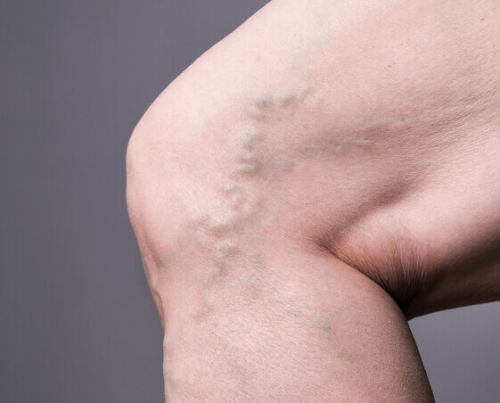 Varicose Veins
Varicose Veins
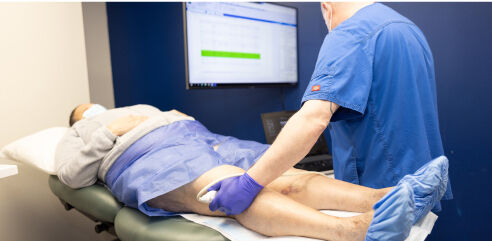 Vein Disease Treatments
Vein Disease Treatments
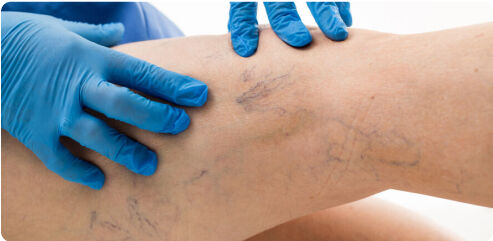 Treating Spider Veins
Treating Spider Veins
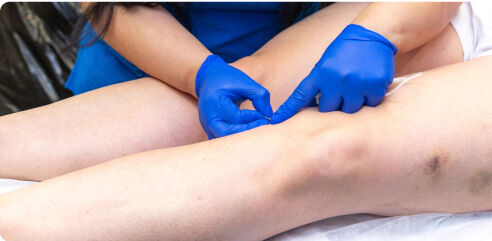 Treating Varicose Veins
Treating Varicose Veins
 About Us
About Us
 Patient Resources
Patient Resources
 Physician Resources
Physician Resources

